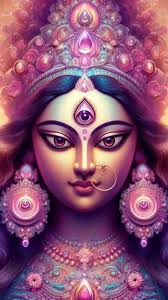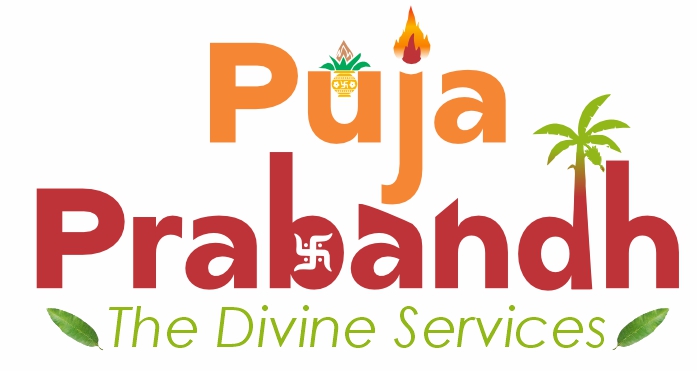
Navaratri Devi Puja is one of the most significant and widely celebrated festivals in Hinduism, dedicated to Goddess Durga and her nine forms (Navadurga). It spans nine nights and is celebrated during the Ashwin month (September–October), culminating in Dussehra (Vijayadashami). The festival is observed with intense devotion across India, especially in states like Uttar Pradesh, Maharashtra, Gujarat, West Bengal, and Karnataka.
The name Navaratri comes from the Sanskrit words ‘Nava’ (nine) and ‘Ratri’ (night), symbolizing the nine nights of worship. The first three nights are dedicated to the worship of Goddess Durga, the force that protects against evil and removes negativity. The next three nights focus on Goddess Lakshmi, the goddess of wealth and prosperity. The final three nights honor Goddess Saraswati, the goddess of knowledge, arts, and wisdom.
The puja typically begins with a ritual bath in the morning, followed by setting up a decorated altar with an image or idol of the goddess. Devotees observe fasts, offer fruits, flowers, incense, and sweets like sundal (spiced legumes) and modaks. A special Kalasha Sthapana (installation of a sacred pot) is performed at the start of the puja, symbolizing the goddess’s presence.
Each day, devotees recite Durga Saptashati, Devi Mahatmyam, or Navadurga Stotra to invoke divine blessings. Aarti and bhajans are sung, and havan (fire rituals) are often conducted in temples or homes to purify the surroundings and invite positive energy.
Navaratri Devi Puja is a time of spiritual renewal, family bonding, and celebration of the power of femininity. The festival culminates with Vijayadashami, symbolizing the victory of good over evil.

